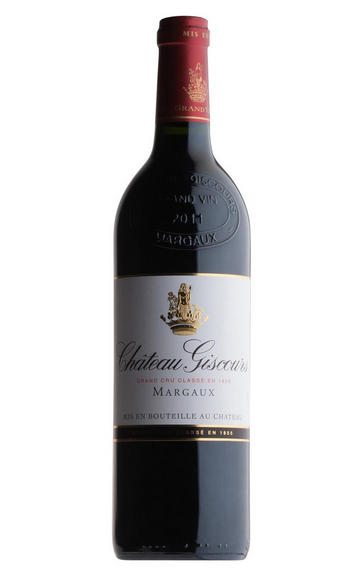
2021 Château Giscours, Margaux, Bordeaux
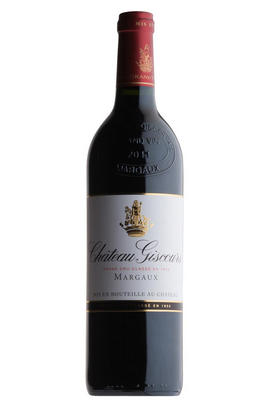
Critics reviews
The 2021 Giscours is matured in 50% new oak from nine cooperages. It has a very well-defined bouquet of blackberry, briar, graphite and light tobacco aromas, plus a touch of lavender in the background. Very pretty. The palate is medium-bodied with fine-grained tannins. Not a deep or powerful Giscours, but elegant and poised with a long tail on the finish. It doesn't try too hard and the result is a delicious, refined Margaux wine. A great success in a tricky year.
Drink 2026 - 2050
Neal Martin, vinous.com, (May 2022)
The 2021 Giscours is fabulous. In fact, the 2021 is one of the best Giscours in recent memory. Silky and impeccable in its balance, the 2012 possesses magnificent elegance that brings out its pedigreed personality. Rose petal, lavender, spice, gravel and black cherry all come together, framed by silky tannins that wrap it all up. The 2021 is less aromatic than most recent vintages, but the depth here is considerable, as is the potential. Taste two times.
Drink 2028 - 2041
Antonio Galloni, vinous.com (May 2022)
Attractive bright plum in colour, this has a waves of flavour that offset the slightly bitter tannins that come in on the finish. Damson and black cherry fruits, liqourice root, rose stems and grilled cedar. 38hl/hyield.
Drink 2028 - 2042
Jane Anson, janeanson.com (May 2022)
Very dark purplish crimson. One of the first 2021s I have encountered that could be described as heady. Then has masses of both fruit and freshness on the palate with no excesses even if clear delineation. Very clean and brisk without being austere. Quite a success! This wine seems to have made a virtue out of the freshness of 2021.
Drink 2026 - 2040
James Lawther, jancisrobinson.com (May 2022)
The 2021 Giscours is immensely promising and shows just how far this important estate has come in the last few years. Unwinding in the glass with aromas of cassis, dark berries, cigar wrapper, violets, sweet forest floor and burning embers, it's medium to full-bodied, deep and layered, with terrific depth at the core, ripe tannins, lively acids and a long, penetrating finish. With wines like this, we're back to a level of quality that Giscours hasn't routinely attained since the 1970s! The blend is 65% Cabernet Sauvignon, 32% Merlot and 3% Petit Verdot; and even if by the standards of the last decade, that isn't a particularly elevated percentage of Cabernet, this is nonetheless a very Cabernet-driven wine in style. Tasted six times.
William Kelley, Wine Advocate (Apr 2022)
Very precise and focused with tight, sleek yet firm tannins, framing a fresh core of black fruit, gravel and tobacco. Crushed stones and tea leaves, too. Savory and medium-bodied. Driven and linear. Lots of cabernet character. Chewy tannins. Rather muscular. But polished texture. 65% cabernet sauvignon, 32% merlot and 3% petit verdot.
James Suckling, jamessuckling.com (May 2022)
About this WINE
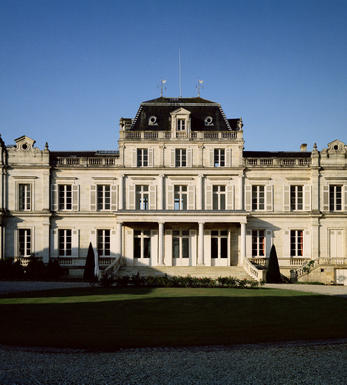
Chateau Giscours
Château Giscours is one of the largest Margaux properties and now producing wine worthy of its 3ème Cru Classé status. It is located in the commune of Labarde and has over 80 hectares of vineyards.
Giscours was in a dire state when it was acquired by Nicholas Tari in 1952. He invested heavily and the quality of the wine improved beyond recognition. In 1995 he sold up the property to Dutch businessman Eric Albada Jelgersma.
Giscours's wine is typically a blend of 65% Cabernet Sauvignon, 30% Merlot and 5% Cabernet Franc. The grapes are fermented in temperature-controlled tanks and the wine is then aged in small oak barrels (30-40% new) for 18 months.
Giscours produces richly aromatic wines that are surprisingly powerful on the palate, displaying ripe, black fruit with hints of cedar and new oak.
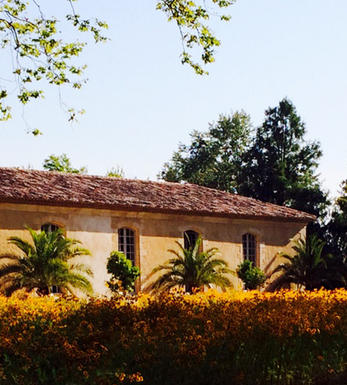
Margaux
If Pauillac can be seen as the bastion of ‘traditional’ Red Bordeaux, then Margaux represents its other facet in producing wines that are among Bordeaux’s most sensual and alluring. It is the largest commune in the Médoc, encompassing the communes of Cantenac, Soussans, Arsac and Labaude, in addition to Margaux itself. Located in the centre of the Haut-Médoc, Margaux is the closest of the important communes to the city of Bordeaux.
The soils in Margaux are the lightest and most gravelly of the Médoc, with some also containing a high percentage of sand. Vineyards located in Cantenac and Margaux make up the core of the appelation with the best vineyard sites being located on well-drained slopes, whose lighter soils give Margaux its deft touch and silky perfumes. Further away from the water, there is a greater clay content and the wines are less dramatically perfumed.
Margaux is the most diffuse of all the Médoc appelations with a reputation for scaling the heights with irreproachable wines such as Ch. Margaux and Ch. Palmer, but also plumbing the depths, with too many other châteaux not fulfilling their potential. There has been an upward shift in recent years, but the appellation cannot yet boast the reliability of St Julien. However, the finest Margaux are exquisitely perfumed and models of refinement and subtlety which have few parallels in Bordeaux.
Recommended Châteaux: Ch. Margaux, Ch. Palmer, Ch. Brane-Cantenac, Ch. Rauzan-Ségla , Ch. Dufort-Vivens, Ch. Ferrière, Ch. du Tertre, Ch. Giscours, Ch. d'Angludet.
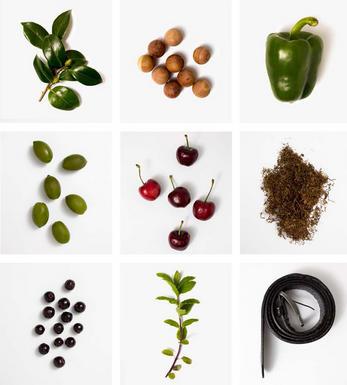
Cabernet Sauvignon Blend
Cabernet Sauvignon lends itself particularly well in blends with Merlot. This is actually the archetypal Bordeaux blend, though in different proportions in the sub-regions and sometimes topped up with Cabernet Franc, Malbec, and Petit Verdot.
In the Médoc and Graves the percentage of Cabernet Sauvignon in the blend can range from 95% (Mouton-Rothschild) to as low as 40%. It is particularly suited to the dry, warm, free- draining, gravel-rich soils and is responsible for the redolent cassis characteristics as well as the depth of colour, tannic structure and pronounced acidity of Médoc wines. However 100% Cabernet Sauvignon wines can be slightly hollow-tasting in the middle palate and Merlot with its generous, fleshy fruit flavours acts as a perfect foil by filling in this cavity.
In St-Emilion and Pomerol, the blends are Merlot dominated as Cabernet Sauvignon can struggle to ripen there - when it is included, it adds structure and body to the wine. Sassicaia is the most famous Bordeaux blend in Italy and has spawned many imitations, whereby the blend is now firmly established in the New World and particularly in California and Australia.


Buying options
Add to wishlist
Description
Cabernet Sauvignon 65%, Merlot 32%, Petit Verdot 3%
This is the 450th vintage here, and one of which the team are especially proud. Giscours is a working farm and small community; 20 families live on-site. This allowed them to overcome 2021’s natural challenges (including Covid). The wine sizzles with energy, which Alexander van Beek and team have made huge efforts to retain through gentle, measured extractions. The wine is woven with subtlety and finesse, with notes of rose, violet and black cherry. This is a very fine effort, one of the most defined Giscours of the modern era. Drink 2026-2045.
Our score: 17/20
Berry Bros. & Rudd, April 2022
wine at a glance
Delivery and quality guarantee